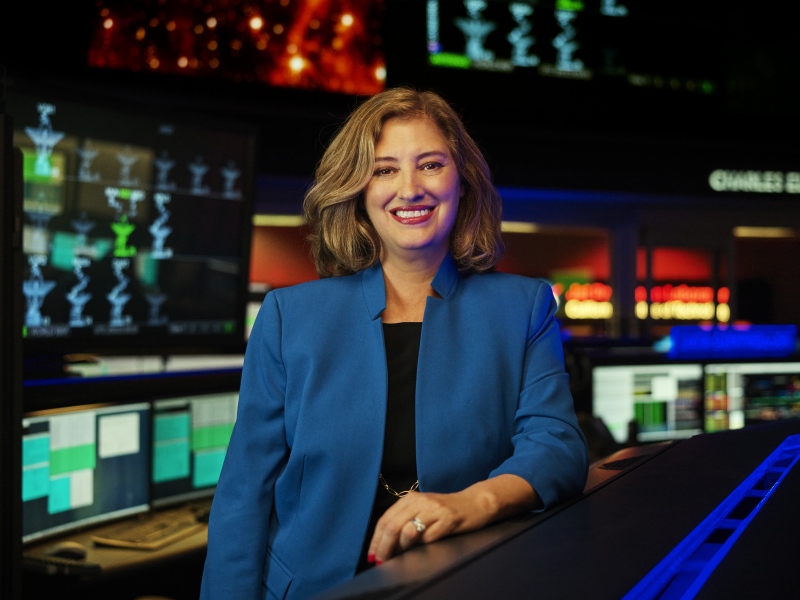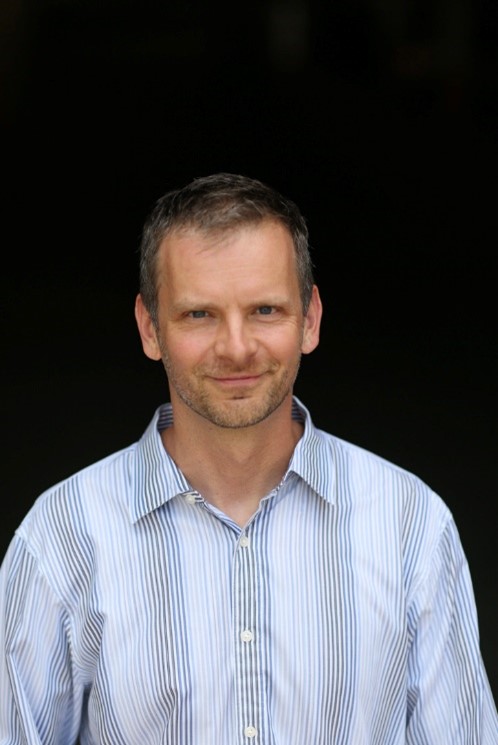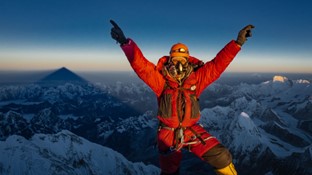
Dr. Laurie Leshin, director of the Jet Propulsion Laboratory since May 2022, is a distinguished geochemist and space scientist with extensive leadership experience in academia and government, including senior NASA positions.
Leshin was president of Worcester Polytechnic Institute from 2014 to 2022 and previously served as Rensselaer Polytechnic Institute School of Science dean. At NASA’s Goddard Space Flight Center from 2005 to 2008, she served as director of science, then deputy director for science and technology, leading strategy, planning, and implementation of more than 50 Earth and space flight projects. In 2010, Leshin became deputy associate administrator of the Exploration Systems Mission Directorate at NASA Headquarters, overseeing future human spaceflight.
Her numerous honors include NASA’s Outstanding Leadership Medal and Distinguished Public Service Medal, and the Meteoritical Society’s Nier Prize for outstanding research by a scientist under the age of 35. The International Astronomical Union named asteroid 4922 Leshin to honor her planetary science contributions. Leshin advised President George W. Bush on space policy, and Barack Obama appointed her to the Smithsonian Institution’s National Air and Space Museum advisory board. Leshin holds a bachelor’s degree in chemistry from Arizona State University, and master’s and doctoral degrees in geochemistry from Caltech.
Leshin is the first woman to serve as JPL director, a role that also includes serving as Vice President at Caltech, which manages JPL for NASA. Leshin is also a Bren Professor of Geochemistry and Planetary Science at Caltech and will continue as co-investigator for two instruments on NASA's Mars Curiosity rover.

Art and Science are synonymous. Modern cinematic visual effects can transport us to another world, but doing so requires a convergence of physics, numerical models and custom hardware that bring it to the screen. Joe Mancewicz will give us a peek behind the curtain on how visual effects artists use science and engineering to make cinema come to life.
Two-time Academy Award winner, Joe Mancewicz, is a senior software engineer in NVIDIA's Omniverse group. Before joining NVIDIA, he spent 18 years as a principal graphics scientist and senior software engineer at Los Angeles-based visual effects house, Rhythm & Hues, focusing on character animation and visual effects for film and commercials.
Although his primary focus was character rigging and animation software development, he has participated in various R&D projects, from CFD to art-directable material stress response.
He was an integral part of the visual effects team that contributed to two Academy Award-winning movies in the Best Achievement in Visual Effects category: The Golden Compass in 2008 and Life of Pi in 2013.
He was personally recognized as one of the principal engineers in the development of the Voodoo software, which was selected for a Technical Achievement Award by the Motion Picture Academy of Arts and Sciences in 2014 and for the design, architecture, and implementation of the Rhythm & Hues character rigging system in 2018.
Mr. Mancewicz is an alumnus of the University of Michigan CLaSP department, where he studied Space Plasma Physics before moving to Los Angeles.

As scientists and engineers, effective communication is a critical job function. Communicating complex ideas to the general public takes years to master. Documentary film makers have mastered the art of story telling. Elia Saikaly has spent years on the front-lines of climate change documenting how the world’s high-altitude environments are changing. Through an immersive presentation taking us to the upper edge of the world, he will share how he approaches story telling and give first hand accounts of these icy, dynamic environments where very few have been.
Elia Saikaly is an award-winning adventure filmmaker based in Ottawa, Canada. He has participated in over 25 world-class expeditions, always with a camera in hand, including ten to Mt. Everest. He is the only Canadian to summit the world’s tallest mountain five times. In 2021, he reached the summit of K2, the 2nd tallest mountain on Earth.
As a storyteller and mountaineer, Elia survived and documented the 2014, 2015 and 2019 disasters on the world’s tallest peak. His Everest imagery is regularly licensed by networks including National Geographic, Discovery, ESPN, Netflix, BBC and many more. In 2016, he co-starred with his climbing partner and friend Pasang Kaji Sherpa in Discovery Channel’s: Unclimbed – Reaching the Summit.
Through Elia’s television broadcast work as a director of photography, he has collaborated with numerous celebrity athletes including NBA champion Serge Ibaka, MLB hall of fame recipient Vladimir Guerrero, MLB star Edwin Encarnacion and many more. He won a Canadian Screen Award for his work with Rogers Sportsnet featuring former Toronto Blue Jays pitcher Aaron Sanchez on a documentary entitled: Limitless. He also co-earned a CINE Golden Eagle Award for ‘On the Top’, a television series he filmed on Mt. Everest.
Elia invests his time working with NGO’s and causes close to his heart. Through his storytelling and camera, he has supported Indigenous people in Canada, the Peuls people of the Sahara in Niger, Syrian Refugees in Lebanon, persons with albinism in Africa, the Dinka and Nuer in South Sudan and beyond. For a decade, he ran his FindingLife educational program that connected tens of thousands of students to interactive real-time learning adventures. He also sits on the board of the Sir Edmund Hillary Foundation of Canada that supports the Sherpa people of Nepal.